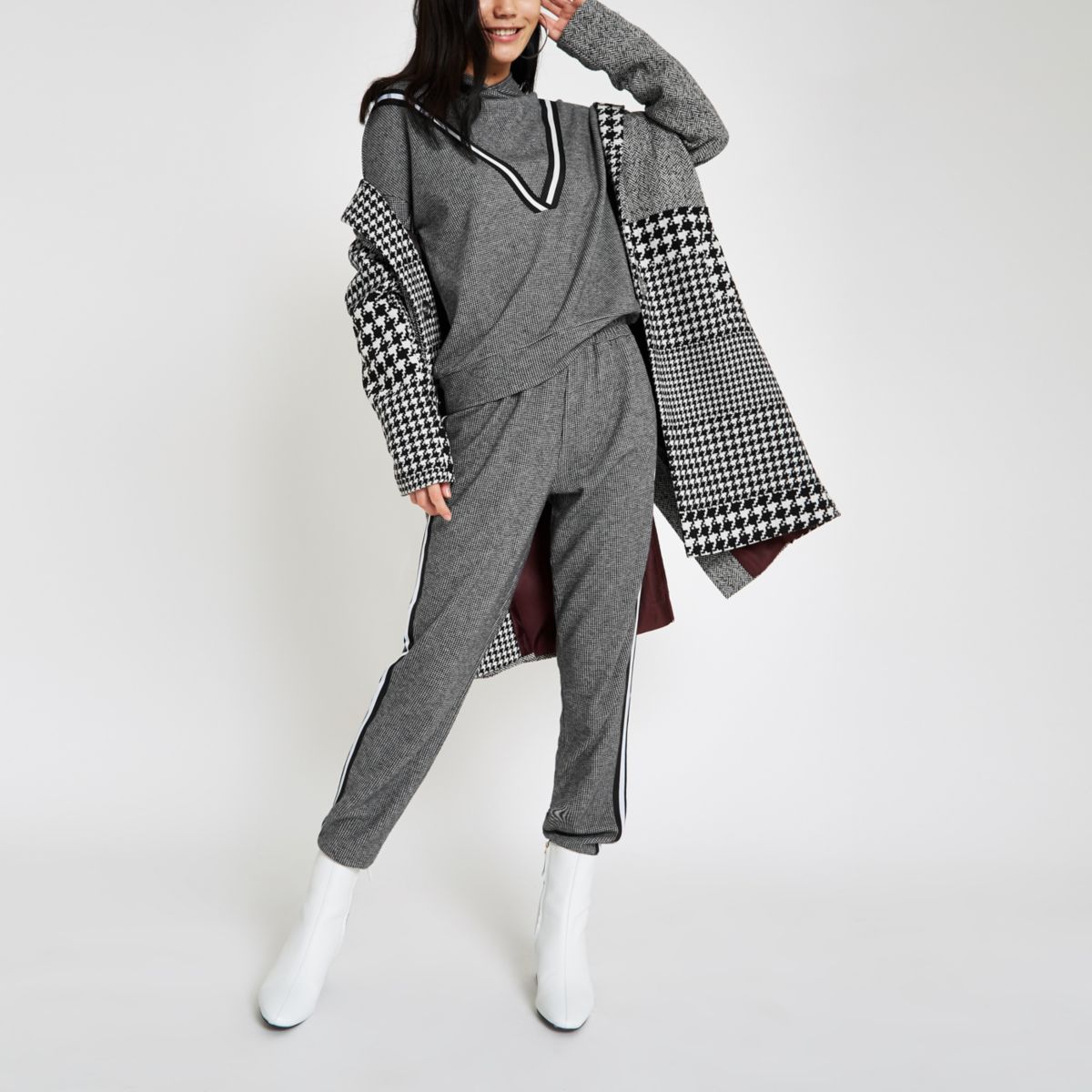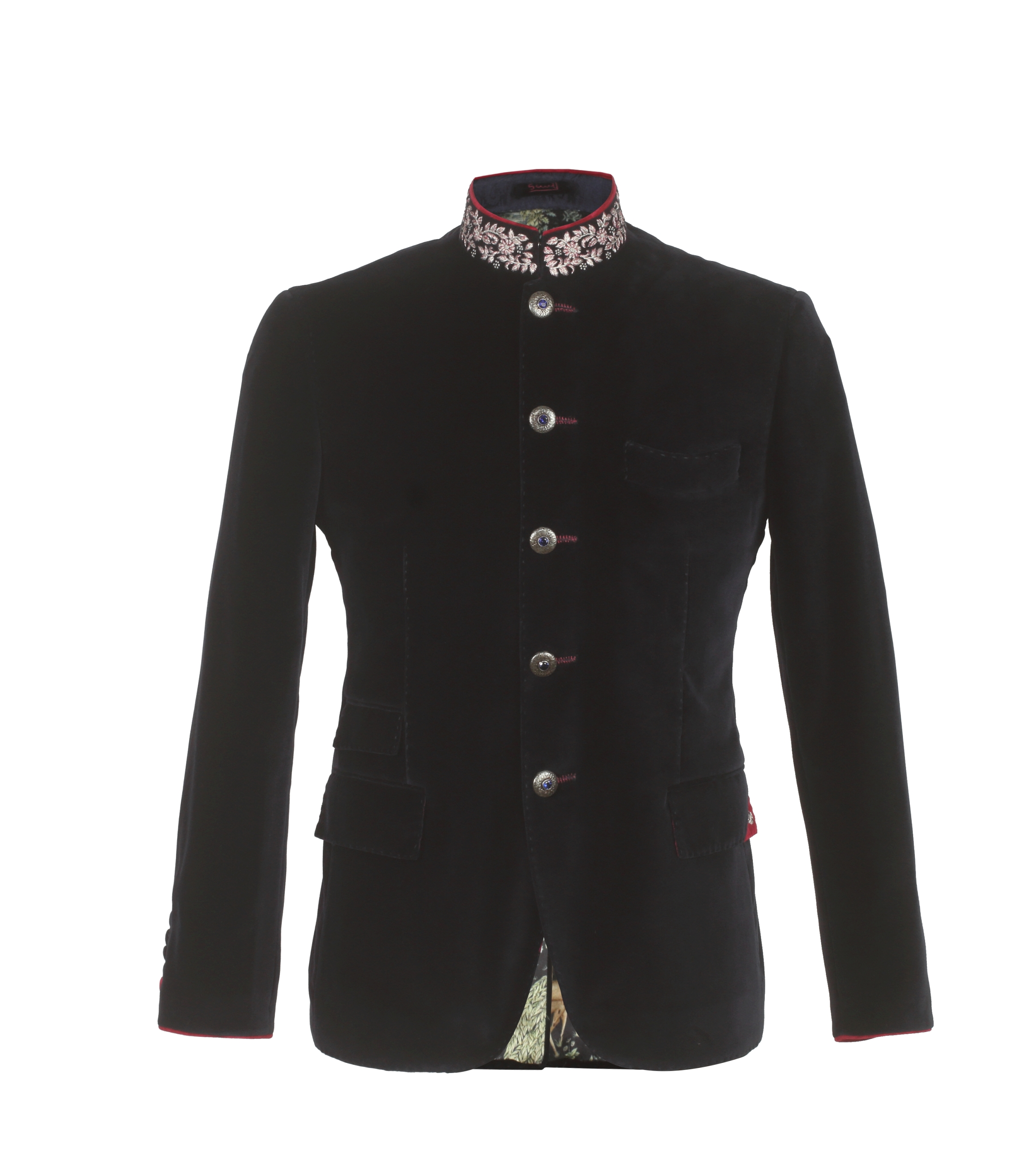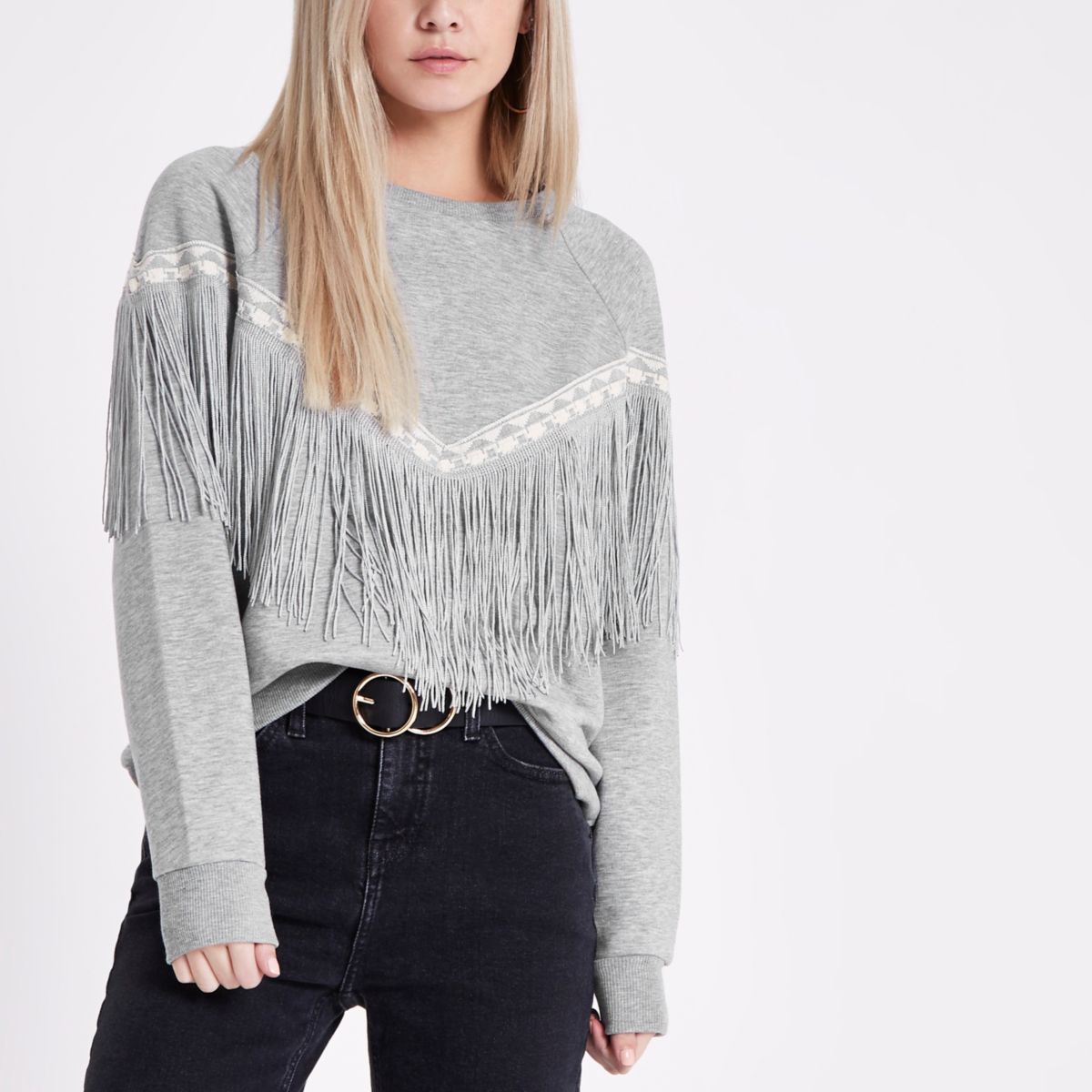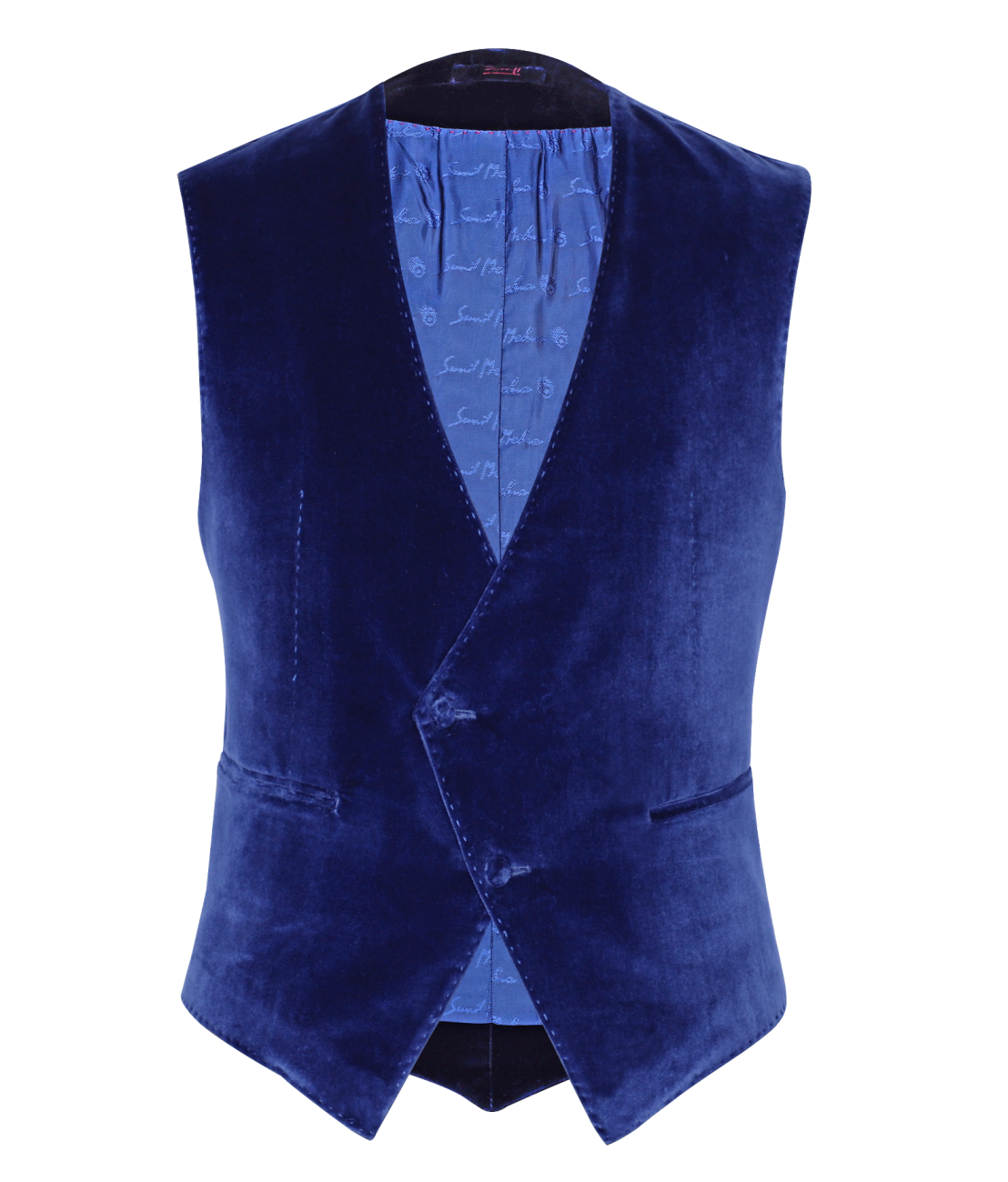It’s that time of the year when the nip in the air is palpable. It is also that time when apparel manufacturers get out their warm fabrics and the season when woolen rules the roost.
There has been a spree of increasing fondness for the knitted wear market in country. Unlike the usual designing in the usual fabric, a whisk of hues and cloth materials are introduced and are being celebrated widely.

Demand Drivers
Both knitted and non-knitted winter wear are in high demand as it varies on the consumers’ budget and lifestyle. However, knitted apparels are witnessing a faster increase in demand compared to woven apparel. Rajat Wahi, Partner, Deloitte India says, “light-weight knitwear are a trending category and are expected to continue the growth in the coming years as they are more fashionable as well as comfortable. Many major retailers are emphasizing on cotton sweaters and lightweight sweatshirts that deliver both fashion and functionality.” With the consumer going smarter and functional, the Indian Woolen wear market has stepped into the era of creating a balance between fashion and functionality. The choices are inclining more towards garments which along with satiating the weather conditions are feasible to carry. Leaving behind the necessity based winter market; the share of woolen wear has increased to bounds now. Ashima Sharma, owner of Ashima S Couture says, “the latest launches in woolen apparel are woolen capes and ponchos which are to be worn over a top or sweatshirt. Also full length woolen dresses with appliqué patches are a western trend which will also be seen trending in India too.”

New Vistas
The advent of year-round woolen fabrics that can be worn not just in winters, but in the summers too is a given today. Summer fabrics are made in fine wools which are in finer microns and light weight is popular. “To increase market reach in an already niche segment, product re-engineering is essential. The products are made with optimum percentage of wool, blended with poly and/or viscose in fine counts/microns. The intention is to make the drape impeccable, the finish smooth and the price affordable – catering primarily to the mass premium segments. GRADO from the House of OCM has recently launched these fabrics are part of the mid-season range. The products span across superfine 90s to 140s poly/wool/viscose blends,” says Vikram Mahaldar, MD, OCM. Finishes/ treatments are applied to woolen fabrics to further enhance the performance of the product include machine washable is specially treated with a polymer to improve the after wash appearance. Wrinkle resistance is given through a chemical treatment that has a strong covalent bond that replaces the weaker hydrogen bonds and gives more stability to the fabric. Aroma treatment on fabrics (especially for special occasions) is coated with nano-capsules and emanate the respective fragrance.

Now Trending
Hand weaved stripes and abstract print stripes in hand weave are a massive win this winter. This season could also be called aloud as the season of blends and mixes. Garments in cashmere mixed with wool and silk and linen are the newest launch in the town. In terms of shirting, cotton shirts with flannel finish too are the new launches. Today woolen wear has gone beyond the cliché jerseys. ”The modern gentleman now is as precise as never before. Be it a casual day, a gathering or the day of wedding, new heights of creating trends are touched at every aspect. Talking about the trends for this winter, it is all about asymmetrical cuts and blends of prints and embroideries. Detailing in terms of embroideries and quirky patterns are striking to be a must. Talking about accessorization, adding a little quirk yet class, grooms are hoping over shawls instead of regular stoles with sherwanis,” says Saggar Mehra, Creative Director at House of Sunil Mehra.” Consumers are moving to a more versatile wardrobe space – the blazer has taken the prime role in a variety of occasions. “Although, it is something that everyone wears, its importance is even more emphasized in the consumer’s wardrobe now. The new-age urban customer is also seen shifting from off-the-shelf jackets to a more customized / tailored solution. Blazers can be worn with contrast trousers and shirts to office, and worn down with a pair of jeans and sneakers and a t-shirt for an evening out. Another top trend is superfine 140s woolen shirting fabrics and kurta fabrics in fine wool blends, which are top sellers in the North & Eastern parts of India,” adds Mahaldar.

Number Crunching
Nidhi Jain Mishra, Industry Relationship Manager, JD Institute of Fashion Technology says, “the woolen industry has a massive potential to grow and provide employment. There is huge market for kidswear and trendy, casualwear. Uniforms also constitute a huge chunk of the market share. Brands like Raymonds, Monte Carlo and Duke are trying to innovate and offer new product lines that satisfy consumers’ tastes in the ever-changing fashion world. With urbanization, higher disposable incomes and more inclination towards western wear, the woollen market in India is expected to grow at 9% to reach INR 32,000 crores by 2023. “The winter wear market in India was pegged at Rs17, 011 crore in 2016. The market is expected to demonstrate a compound annual growth rate of 6 per cent to reach a size of Rs. 29,422 crore by 2026. Currently, the unbranded segment commands a market share of nearly 70 per cent, with the branded segment trying to bridge the gap by innovating and offering new products,” according to a report in India Retailing. India’s wool and woollen industry can broadly be divided into 10 major product categories – worsted yarn, woollen yarn, wool tops, fabric, shoddy yarn, shoddy fabrics, blankets, knitwear, hand-made carpets and machine-made carpets. With respect to market share, the segment is set to reach about INR 32,000 crores by 2023. This spans across segments of blazers, sweaters, caps, mufflers, scarves, leggings across men, women and children. India’s wool consumption was estimated at 135 million kg. This is expected to increase to 260 million kg by 2019–20. Bhavya Chawla, Chief Stylist, Voonik.com adds, “the US and EU are the key importers of Indian wool and wool-blended products. India is the seventh-largest producer of wool in the world with a global production share of nearly 1.8 per cent. India’s wool consumption was estimated at 135 million kg. This is expected to increase to 260 million kg by 2019–20. The wool industry is concentrated in Punjab, Haryana, Rajasthan, Uttar Pradesh, Maharashtra and Gujarat. Punjab accounts for about 35 % of wool production units, followed by Maharashtra and Rajasthan.”

Challenges
Lifestyle preferences have resulted in competition in the market which is the biggest challenge. “Competition refers to a structure wider than just the flow of capital. A set comprising of assortments, designs, availability of the required fabric, hitting the right consumer with the desired choices, creates the thread of competition amongst the market,” says Mehra. Wool prices are in the increase because of low production in Australia, high demand in China and weakened Indian currency. There has been a noticeable shift from woolen to cotton/acrylic in the knits/sweater category across the industry, and for fabrics the shift has been from worsteds to PV (mainly imported from China & made in India). These ‘look-alike’ woolen products are bought by the consumer because of low product awareness and unorganized segment offering consumers heavy discounts. Wool is a natural insulator – having a moisture absorbency of 13%. This makes it suitable for both winters and summers. However, the consumer awareness for this is low. Primarily only the North of the country faces winters and buys woolen products for a 3 month period, only to fulfill utilitarian needs. “The Indian woolen wear market is dominated by unbranded segment due to lower prices and wider range of products. The non-branded segment also procures new, innovative and cheaper products through grey imports from China and Thailand. These generally attract consumers due to trendy designs and low prices, thus making it difficult for bigger brands to penetrate the market. For brands to heighten their share they need to be innovative and work on a unique product line which can be offered at a competitive price point,” says Chawla. The Indian woolen wear market is becoming increasingly fashion oriented. Once, a market for basic sweaters, cardigans and shawls, it is now catering to consumers’ demand for more stylish apparel along with comfort and warmth. There are more designs in a variety of fabrics and blends that help the customers make a fashion statement.

Style File
- Plaid Ruffle scarves
- Woolen Fringe Top
- Woolen Co-ords
- Batwing sleeve sweaters
- Long Turtle- neck pullovers
- Woolen Crop top
- Woolen Tunic Top
- Woolen Wrap Tops
- Woolen Trousers / Pants for Men and Women
- Indo Western Jackets
- Nehru Jackets for Men
This story first appeared in Apparel Nov 2018 issue here: INDUSTRY INSIGHTS WOOLLEN MARKET
